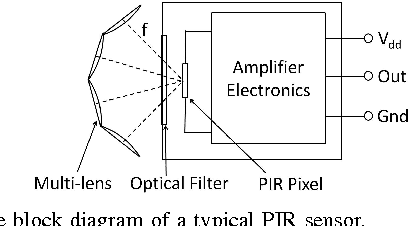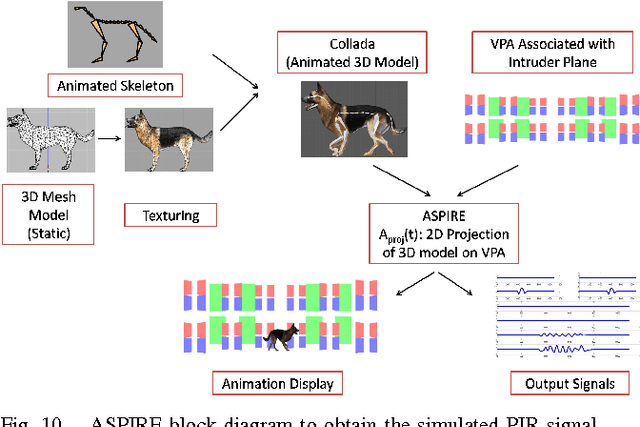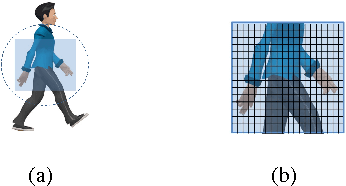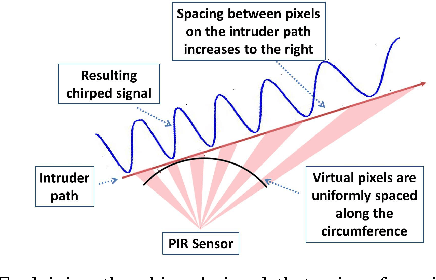Aswath V. S.
Animation and Chirplet-Based Development of a PIR Sensor Array for Intruder Classification in an Outdoor Environment
Apr 13, 2016



Abstract:This paper presents the development of a passive infra-red sensor tower platform along with a classification algorithm to distinguish between human intrusion, animal intrusion and clutter arising from wind-blown vegetative movement in an outdoor environment. The research was aimed at exploring the potential use of wireless sensor networks as an early-warning system to help mitigate human-wildlife conflicts occurring at the edge of a forest. There are three important features to the development. Firstly, the sensor platform employs multiple sensors arranged in the form of a two-dimensional array to give it a key spatial-resolution capability that aids in classification. Secondly, given the challenges of collecting data involving animal intrusion, an Animation-based Simulation tool for Passive Infra-Red sEnsor (ASPIRE) was developed that simulates signals corresponding to human and animal intrusion and some limited models of vegetative clutter. This speeded up the process of algorithm development by allowing us to test different hypotheses in a time-efficient manner. Finally, a chirplet-based model for intruder signal was developed that significantly helped boost classification accuracy despite drawing data from a smaller number of sensors. An SVM-based classifier was used which made use of chirplet, energy and signal cross-correlation-based features. The average accuracy obtained for intruder detection and classification on real-world and simulated data sets was in excess of 97%.
 Add to Chrome
Add to Chrome Add to Firefox
Add to Firefox Add to Edge
Add to Edge